Imagine telling a joke, and no one hears it – that’s your website without SEO on Squarespace. It’s like being the funniest comedian in an empty theater. SEO isn’t just a buzzword; it’s the crowd-puller that puts your site in the spotlight where it deserves to be. In this digital era, having a website is like setting up a shop in the vast online marketplace. But what good is a shop if no one can find it? That’s where SEO steps in. And with tools like Plerdy, optimizing your Squarespace site for search engines is ineffective. It’s essential. So, let’s dive into these top SEO practices and ensure your website isn’t just speaking into the void.
Conduct Comprehensive SEO Optimization for Squarespace

Imagine embarking on a journey without a compass – that’s essentially what operating a Squarespace site without comprehensive SEO optimization is like. This technique helps you optimize Squarespace SEO by determining your target audience’s web searches.
Significance of SEO in Squarespace
In the expansive digital universe, SEO acts as a beacon, guiding internet users directly to your Squarespace site. These aren’t just mere strategies; they represent a deep understanding of your audience’s queries and preferences. By honing in on the most effective SEO techniques, you’re ensuring that your Squarespace site resonates with the needs and interests of your potential visitors. This strategic alignment is vital for amplifying your online presence and channeling the right traffic to your Squarespace site.
Tools for SEO Mastery in Squarespace
Many tools are available for mastering SEO on your Squarespace site. Starting with the basics, Google Keyword Planner provides insights straight from the search engine behemoth, an invaluable resource for Squarespace SEO. For a more comprehensive exploration, platforms like SEMrush and Ahrefs offer extensive data on SEO trends and competitive analysis, which is crucial for Squarespace site optimization. Leveraging these tools means you’re not just identifying popular search terms but also discovering niche keywords that can be extremely effective in attracting targeted visitors to your Squarespace site.
Incorporating SEO into Your Squarespace Content
Pinpointing your SEO keywords and strategies is akin to possessing a secret formula. Integrate these strategically throughout your Squarespace site’s content, headlines, and meta descriptions. Remember, equilibrium is essential. Excessive keyword use can backfire, resulting in search engine penalties. Your goal should be seamlessly weaving these SEO elements into your content, enhancing your Squarespace site’s relevance and readability.
Refine Squarespace Domain Names and URLs for SEO

Consider your Squarespace site’s domain name and URLs as the digital address and pathways guiding users to your online presence. Much like how a distinct and memorable physical address aids in locating a place, an effectively optimized domain name and URLs for your Squarespace site simplify the path for users and search engines to discover your website.
Enhancing Squarespace Domain Names for SEO
Your Squarespace site’s domain name is more than a web address; it’s a vital element of your brand identity and SEO strategy. A domain containing keywords pertinent to your business can dramatically elevate your site’s visibility on search engines. For example, if you manage a café, a domain like ‘cafenamecoffees.com’ instantly communicates to search engines and patrons alike the nature of your business and its focus. This approach is straightforward, evocative, and easy to recall – essential characteristics for an impactful Squarespace domain name.
Optimizing Squarespace URLs for Better SEO
Your Squarespace site’s URLs are akin to its navigational blueprint. They should be brief, clear, and ideally reflective of the page’s content. A URL such as ‘www.yoursquarespacesite.com/products’ is significantly more user-friendly and intuitive than a generic ‘www.yoursquarespacesite.com/item123’. A strategically structured URL enhances the user experience and simultaneously aids search engines in more effectively understanding and categorizing your Squarespace pages. It’s about leveraging every aspect of your site to boost its accessibility and SEO performance.
Leverage Squarespace’s Built-in SEO Tools
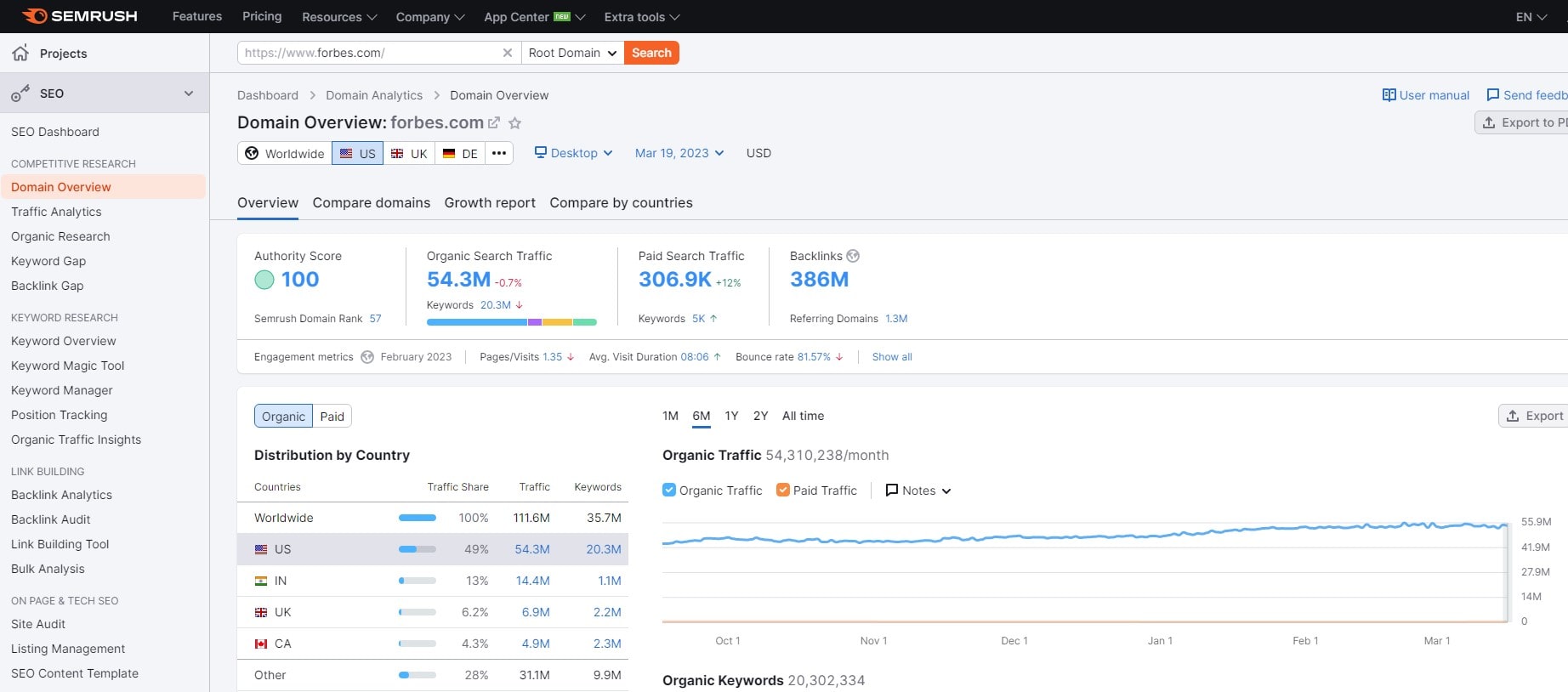
Unlocking the full potential of your Squarespace site is like discovering a treasure trove of SEO tools right at your fingertips. Squarespace’s built-in features are designed to streamline your SEO process, ensuring your site looks good and is search engine friendly.
Sitemaps
Search engines follow a sitemap through all your pages. Squarespace automatically generates and updates this sitemap, ensuring search engines index new pages or changes quickly. It’s a crucial tool for ensuring your site’s structure is easily navigable by Google’s bots.
SSL Certificates
Both users and search engines prioritize security. Squarespace provides a free SSL certificate for all its websites, which encrypts data and secures the connection between the browser and the server. This protects user data and positively impacts your SEO, as Google prefers secure sites.
Mobile Responsiveness
In today’s world, more people browse on mobile devices than desktops. Squarespace themes are designed to be mobile-responsive, automatically adjusting to look great on any device. Google rates mobile-friendly sites higher in search results; thus, responsiveness is important for SEO.
Excel in Squarespace On-Page SEO Techniques
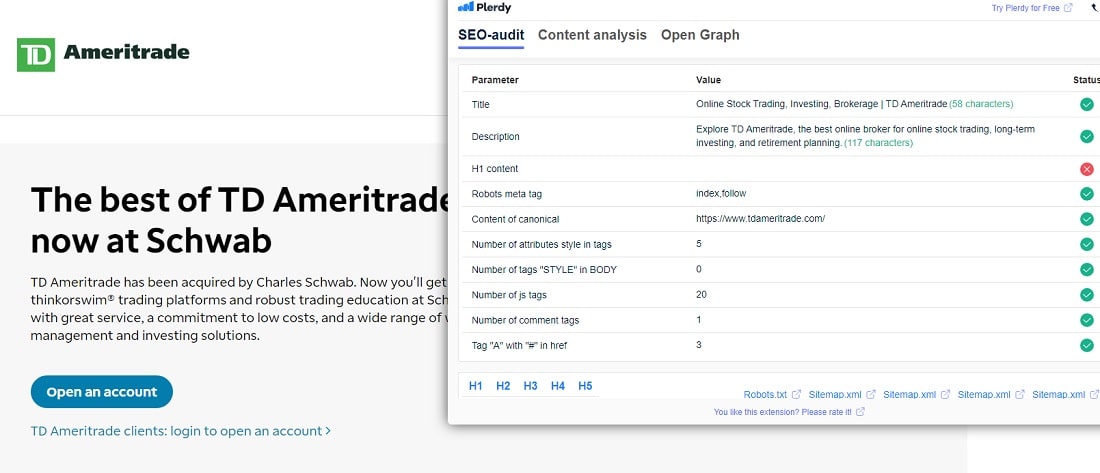
Perfecting on-page SEO for Squarespace is akin to orchestrating a musical masterpiece; every component must synchronize harmoniously to produce a melody that captivates your audience. Squarespace on-page SEO focuses on refining each page element to communicate effectively to your visitors and search engines.
Squarespace Title Tags
Title tags in Squarespace are the headlines of your SEO narrative. They grab the attention of both search engines and users in search results, playing a pivotal role in influencing click-through rates and rankings. Your Squarespace title tags should be distinctive, incorporate primary keywords, and be enticing enough to engage users. Aim for a concise length, preferably under 60 characters, to ensure optimal display in search results.
Squarespace Meta Descriptions
Meta descriptions in Squarespace are the concise summaries that surface beneath your title tags in search results. Although they don’t directly affect rankings, they are crucial for click-through rates. An effective Squarespace meta description offers a brief preview of the page content, crafted to be engaging and relevant, with a compelling call-to-action where fitting.
Squarespace Headings
Squarespace headings make the material easy to read and search engine-friendly. They should incorporate relevant keywords and follow a clear hierarchical order (H1 for main titles, H2, H3 for subheadings, etc.). This structured approach aids search engines in deciphering the content’s structure and significance to your Squarespace page.
Mastering these Squarespace on-page SEO elements is integral for achieving SEO excellence. They collectively assemble a precise and appealing snapshot of your content for search engines and prospective visitors. It’s more than just keyword insertion; it’s about crafting a cohesive and user-centric experience. For additional insights on refining these elements, resources like the Yoast SEO blog offer comprehensive guidance and best practices specific to Squarespace SEO.
Create Superior, Pertinent Content for Squarespace SEO

In the realm of Squarespace SEO, the superiority of content reigns supreme. Producing superior, pertinent content for your Squarespace site is not merely about populating it with text; it’s about captivating, enlightening, and enriching your audience’s experience. This method pleases visitors and tells search engines your Squarespace site is reliable and useful.
The Significance of Quality Content in Squarespace SEO
In Squarespace SEO, high-quality content transcends basic keyword usage. It involves the comprehensiveness, accuracy, and utility of your present information. Content that addresses queries, provides solutions, or offers unique perspectives will naturally draw more traffic and promote prolonged engagement on your Squarespace site. As their Search Quality Evaluator Guidelines outlined, Google prefers thorough and authoritative content.
Generating Content Ideas for Squarespace
Formulating content ideas for Squarespace SEO entails deeply understanding your target audience and their requirements. Tools like Answer the Public can illuminate prevalent inquiries and subjects within your niche. Additionally, regularly monitoring forums and social media can reveal current discussions and questions related to your field. This method ensures your Squarespace content is of high quality but also relevant and timely.
Optimization Strategies for Squarespace Content
After creating your content, optimizing it for both Squarespace SEO and your readers is vital. This involves integrating suitable keywords naturally, assuring mobile compatibility, and organizing your content with clear headings and subheadings. Remember to include internal and external links where relevant, as this can improve user experience and elevate your Squarespace site’s credibility.
Ensure Mobile Optimization

In today’s fast-paced world, where smartphones are an extension of ourselves, ensuring your website is mobile-optimized is like opening your doors to a bustling street. Mobile optimization is becoming essential. Your Squarespace site must be mobile-friendly for usability and SEO since most internet browsing is done on mobile devices.
Mobile optimization means more than just making your site accessible on a smartphone. It’s about providing a seamless, user-friendly experience. This includes fast loading times, easy navigation, and readable content without zooming in. Google’s Mobile-Friendly Test can help you check your site’s performance on mobile devices.
Images and media on your site should be optimized for quick loading without sacrificing quality. Large, unoptimized images can significantly slow page loading times, negatively impacting user experience and SEO. Tools like TinyPNG can compress images without losing clarity.
Utilize Internal and External Linking
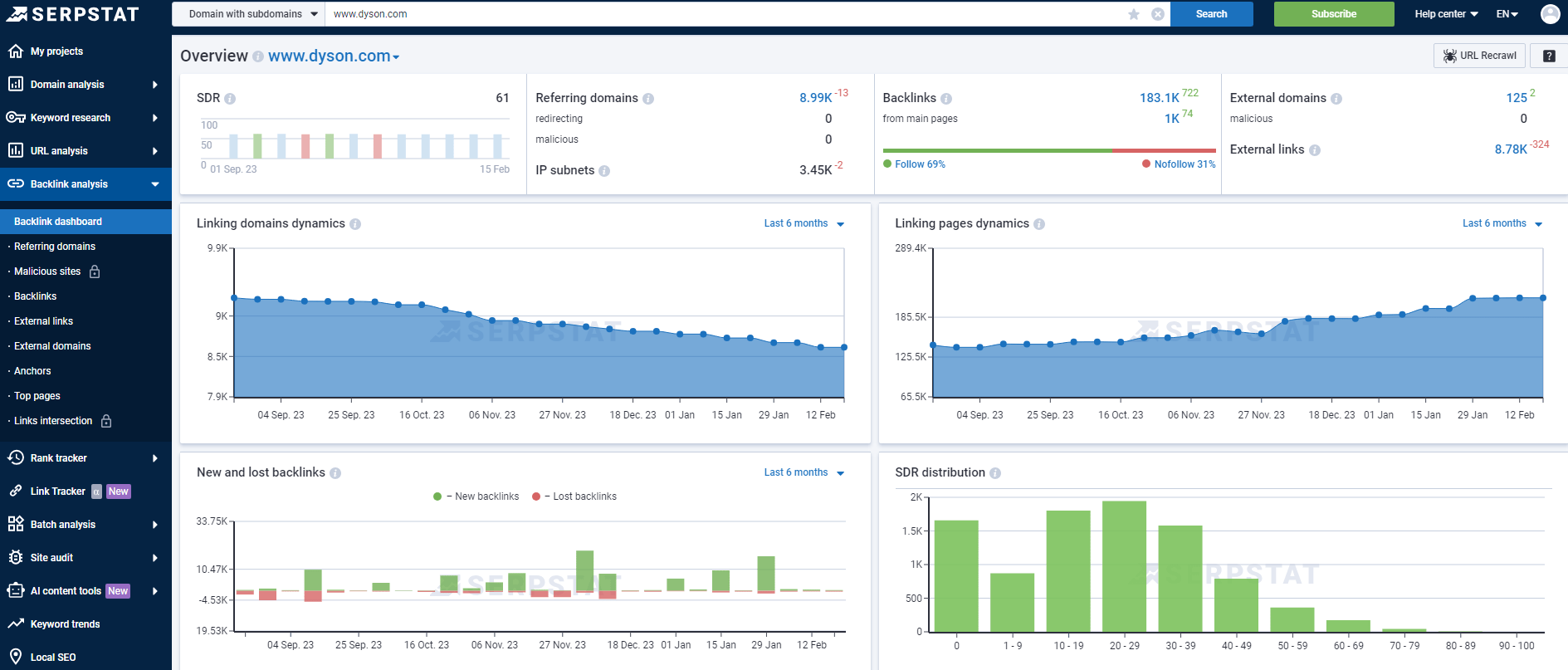
In SEO, internal and external linking are vital connections forming a web of information. They’re not just pathways; they guide your audience and search engines through a journey of relevant content, enhancing the understanding and value of your site.
Internal Linking Strategies
Internal links are the connectors within your website, tying together your content and offering a smooth user experience. They help users navigate easily and spend more time on your site, reducing bounce rates. A well-structured internal linking system using relevant anchor texts also allows search engines to crawl your site more effectively. For instance, linking to a related blog post or a product page from one article can significantly enhance the depth and breadth of your site’s content.
External Link Building
External links are like bridges leading out to the wider world of the internet. Authority and relevant websites link to your site, passing on ‘link juice,’ which boosts search engine credibility. Building these links requires creating high-quality content that other sites want to reference. Guest blogging, collaborating with influencers, or being featured in industry articles can effectively build external links.
Engage with Local SEO and Google My Business
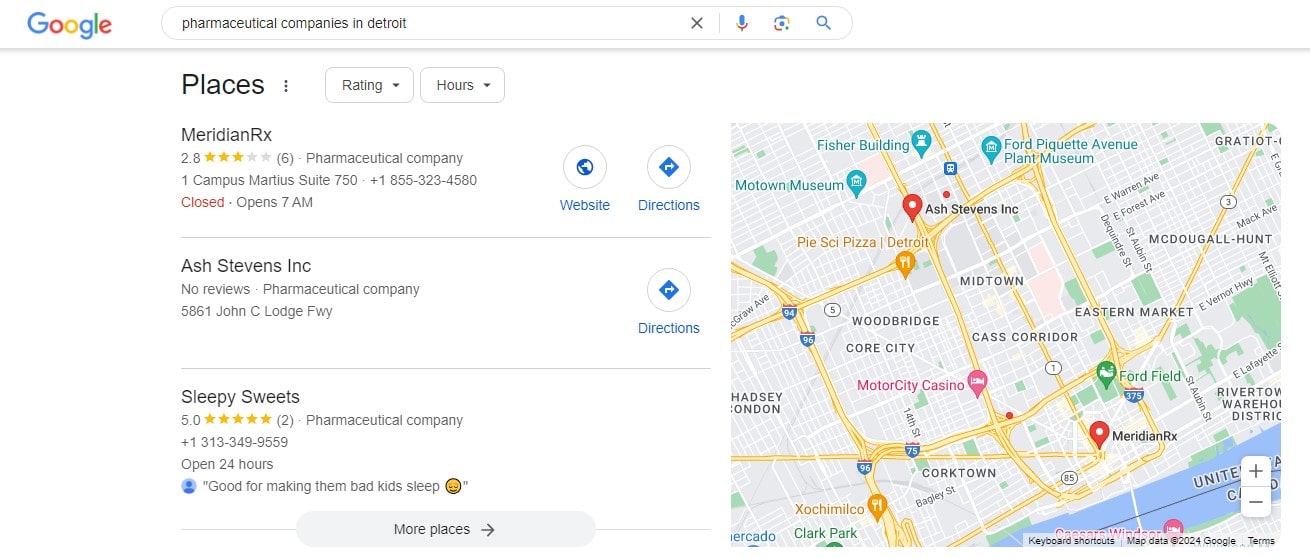
Navigating the world of local SEO is like putting up a digital billboard in your neighborhood. It’s about making your business visible and accessible to those in your immediate area. Local SEO and GMB are essential for businesses targeting local clients in today’s mobile-first environment.
Local SEO
Through local SEO, websites are optimized for local search queries. This includes incorporating location-specific keywords into your site’s content, titles, and meta descriptions. Local SEO is crucial for businesses with a physical presence, as it helps them appear in location-based searches, which are common on mobile devices. When someone searches for the “best coffee shop near me,” your local coffee shop may rank first.
Google My Business
Google My Business (GMB) is a powerful tool that lets you manage your business’s appearance on Google Maps and search results. Creating a GMB profile lets you provide vital business details like location, hours, and services. Regularly updating your profile, responding to reviews, and posting updates can significantly enhance your online presence and credibility. It’s a direct line to potential customers, offering them the information they need at a glance.
Local SEO and Google My Business are about community engagement and accessibility to local customers. These tools are essential for businesses to make a mark in their local market. Moz offers comprehensive resources and guides for further understanding and strategies on Google My Business and local SEO.
Implement Schema Markup for Enhanced Search Visibility
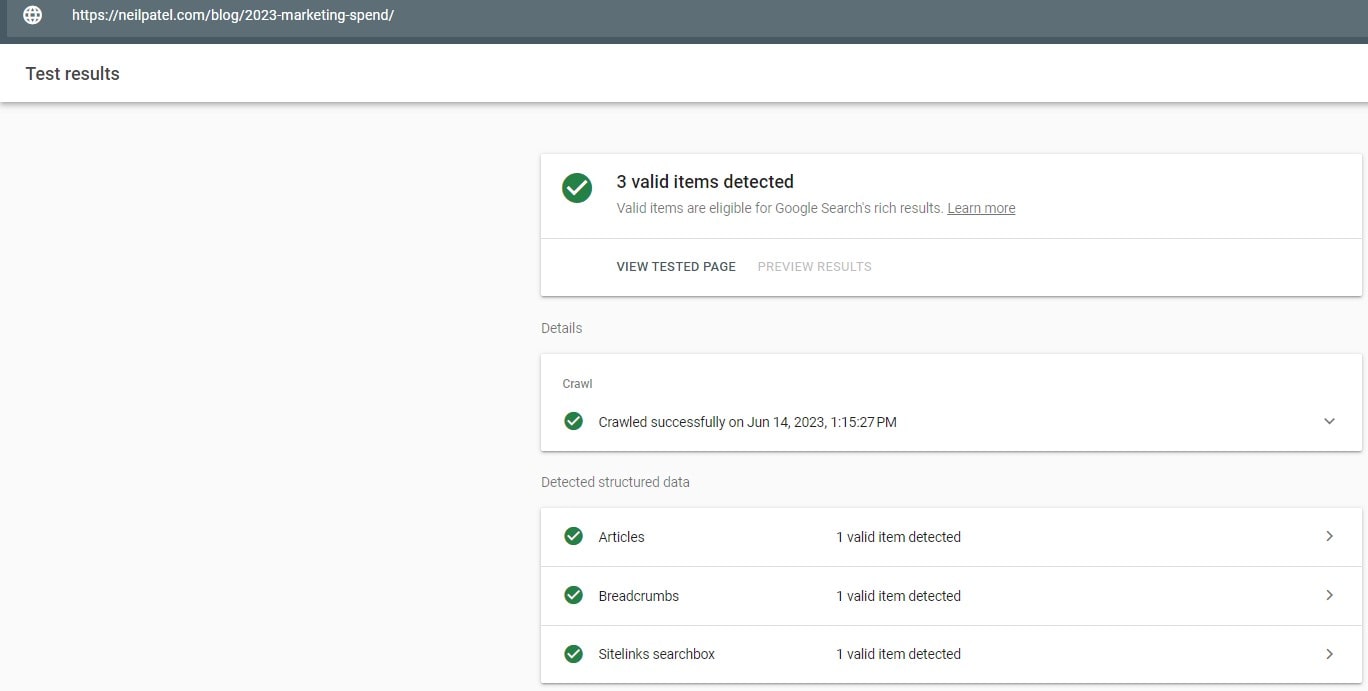
Implementing Schema markup on your Squarespace site is like giving search engines a flashlight in a dark room. It illuminates your content, allowing search engines to see, understand, and display your site’s information more effectively in search results.
Understanding Schema Markup
Your website’s schema markup helps search engines provide more relevant results. It acts as a direct signal to search engines about the context of your content, whether it’s articles, local businesses, products, or events. By implementing this, you’re not changing the look of your site for users, but you are enhancing how bots interpret and display your content in search results.
Benefits of Rich Snippets
Rich snippets stand out in search results due to their enhanced appearance. For instance, a recipe page with Schema markup can display star ratings, preparation time, and calorie count directly in search results. This not only attracts more attention but can significantly increase click-through rates. It adds flair to your search result listings, making them more attractive and informative to potential visitors.
Implementing Schema markup is a strategic move to make your site’s content accessible and understandable to search engines. It’s about optimizing for better rankings and better presentation in search results. The Schema.org official website offers many resources and guides for a deeper dive into Schema markup.
Monitor Your SEO Performance
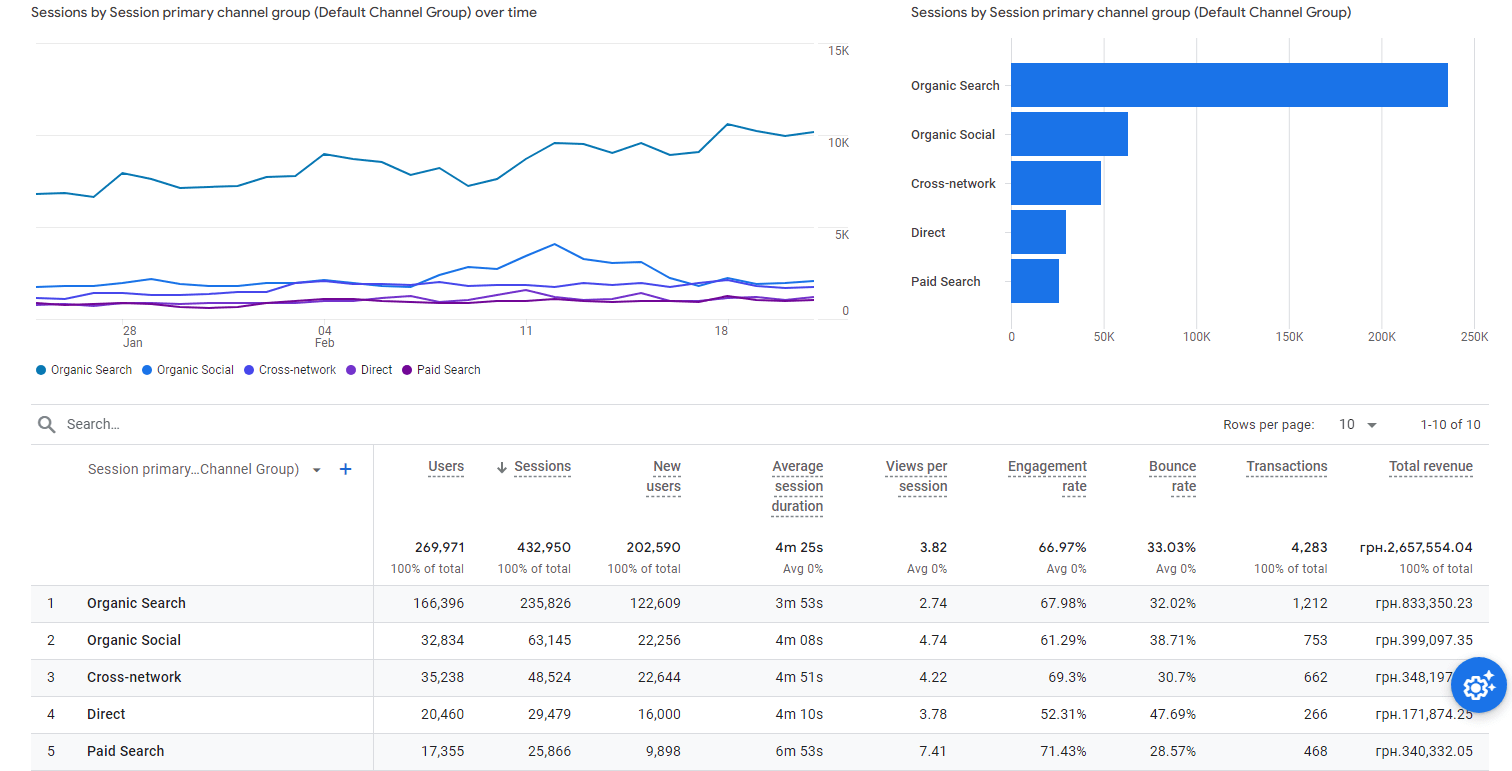
Monitoring your SEO performance is like being the captain of a ship; you need to constantly check your navigational tools to ensure you’re on the right course. In the huge ocean of digital marketing, tracking SEO data is essential for analyzing the strategy’s impact and making modifications.
Introduction to Analytics
Analytics provide insights into how well your SEO strategies are performing. By regularly checking your metrics, you can understand what’s working and what’s not. This includes tracking your rankings for targeted keywords, analyzing traffic patterns, and monitoring engagement metrics like bounce rate and average session duration. Tools like Google Analytics offer a comprehensive view of your website’s performance, giving you data-driven insights to inform your SEO decisions.
Interpreting Data
Interpreting your analytics data is key to understanding your SEO success. It’s about looking beyond the numbers to grasp the story they tell. For instance, a spike in traffic after a content update indicates that your new content resonates well with your audience. Similarly, a drop in rankings might signal a need to revise your keyword strategy or improve certain aspects of on-page SEO.
Making Adjustments
Based on your analytics, you’ll need to fine-tune your SEO strategies. This could mean tweaking your content, revising your keyword focus, or enhancing your site’s mobile experience. The goal is to be agile and responsive to the data, ensuring your SEO efforts are aligned with the evolving dynamics of search engine algorithms and user behavior.
Monitoring your SEO performance is an ongoing process that’s integral to the success of your digital marketing efforts. It’s about using data to navigate the ever-changing SEO landscape effectively. For more in-depth understanding, sites like Search Engine Land offer valuable resources and insights into SEO analytics and performance monitoring.
By regularly tracking and analyzing your SEO performance, you position your Squarespace site to compete and excel in the digital marketplace, ensuring that your SEO efforts contribute to your overall business objectives.
Conclusion
As we wrap up our journey through the best SEO practices for Squarespace, remember that SEO is an ongoing adventure, not a one-time effort. The digital landscape constantly evolves, and staying ahead means adapting and refining your strategies. But don’t stop here! The world of SEO is vast and fascinating, with much more to explore and learn. Dive into other insightful articles on Plerdy’s blog to expand your knowledge further. And you’re looking to elevate your website’s performance. In that case, Plerdy’s comprehensive suite of SEO and analytical tools can be your guiding star, offering in-depth insights and solutions to enhance your online presence. Keep exploring, optimizing, and watching your website soar to new heights!
